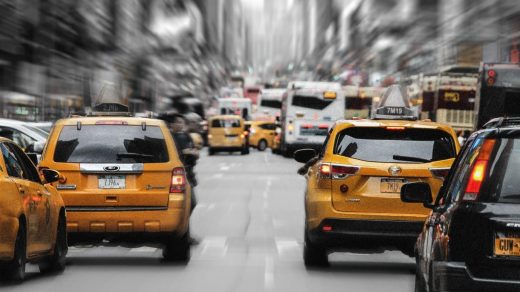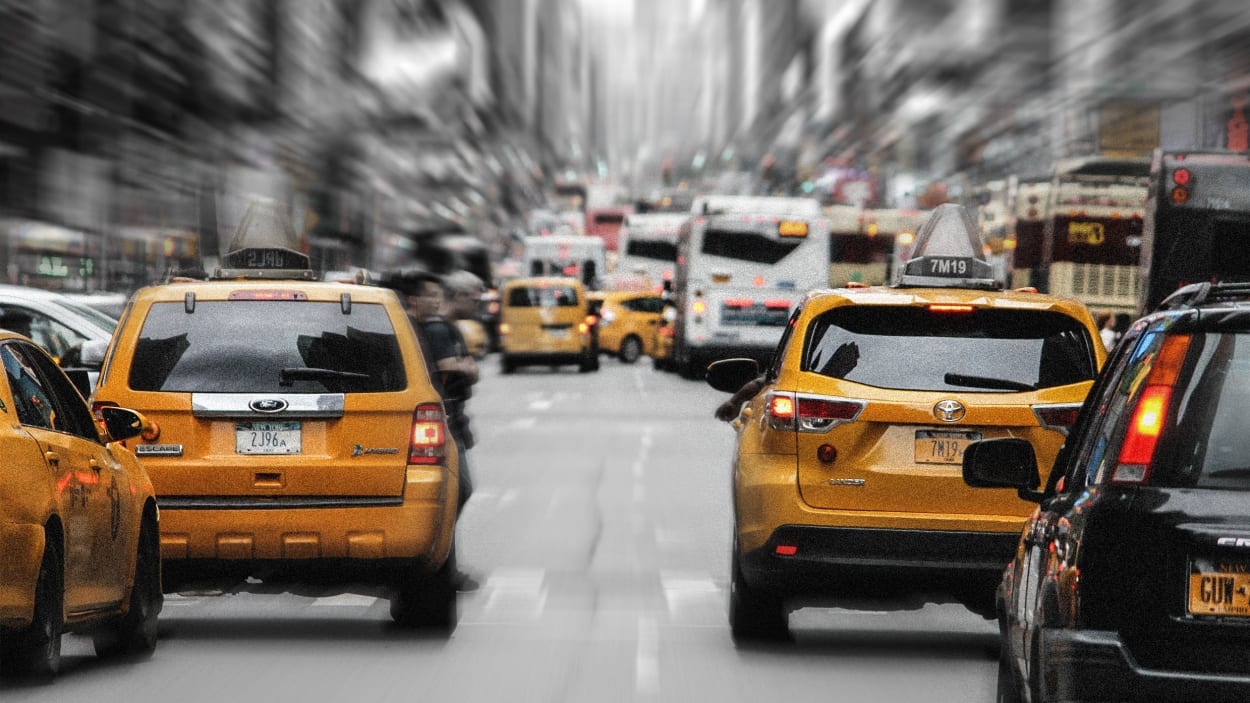NYC congestion pricing: How will the first plan of its kind in America actually work for drivers?
New York is a big step closer to becoming the first U.S. city to charge motorists who drive through the busiest parts of town. Its new congestion pricing scheme—which has finally been cleared by the Biden administration after a years-long wait—aims to reduce traffic, improve the city’s air, and generate a new source of funds for the Metropolitan Transit Authority (MTA), one of New York’s deepest money pits.
In 2019, the state passed a law telling the MTA to formulate a congestion pricing plan that would generate $1 billion a year. The proposed system that resulted (officially known as the Central Business District Tolling Program) has now entered a 30-day public comment period; after which point, the MTA can make final changes before the plan is approved. The public has until June 12 to weigh in, and drivers could see the fares kick in as early as April 2024.
Excess traffic is doing more than harming air quality and creating road rage. It’s an old, yet worsening, problem: During the 2010s, travel speeds on lower Manhattan streets plummeted by 22%, from 9 to 7 miles per hour. Subway ridership levels remain low, thanks to commuting patterns changing in the wake of the COVID-19 pandemic, but city officials argue that vehicle traffic has rebounded back to 90% of its pre-pandemic level.
The Partnership for New York City, a nonprofit organization whose members are a select group of nearly 300 of the city’s business leaders and major employers, has estimated overcrowded roads may cost New York businesses and residents $100 billion between 2018 and 2023. Meanwhile, New York drivers sit in traffic for an average of four to five days per year, costing them up to $3,200 in lost productivity and other costs, according to the transportation nonprofit TRIP.
“The time has arrived for congestion pricing,” MTA chairman Janno Lieber told reporters in early May. “New York is the number one most-congested place in the United States. Ambulances can’t get to hospitals. Firetrucks can’t get to fires. We have to do something.”
Here is a breakdown of what New York drivers can expect, and what it means for urban driving elsewhere:
The most important question first: How much?
Fees aren’t set in stone yet, but the city’s report notes drivers could pay between $9 and $23 to access the busiest roads. Just like for the MTA’s bridge and tunnel tolls, motorists without E-ZPass transponders will get hit with higher fares. Overnight tolls in the congestion zone would stay in place, the report adds, but could drop as low as $5.
One caveat is that motorists could apply bridge or tunnel tolls to subsequent congestion surcharges. In other words, a car entering Manhattan from the Lincoln Tunnel during peak hours without an E-ZPass might get dinged just $6 on top of the $17 tunnel toll.
New York is the canary in America’s coal mine, but it’s following moves by other large cities around the world, including London, Stockholm, and Singapore. Stockholm’s and Singapore’s surcharges, though, are much cheaper. London drivers pay a 15-pound toll (about $18.80) if they enter the congestion zone during peak hours.
Next question: Where?
The city’s so-called Central Business District—a remarkably un-Big Appley term—essentially comprises all of Manhattan south of Central Park. The toll kicks in when cars use roads below 60th Street, except for major highways. Stay on FDR Drive, the West Side Highway, and the Battery Park underpass, and you’re exempt.
The state offers carve-outs to emergency vehicles as well as passenger cars carrying people with disabilities. Meanwhile, residents who own their own vehicles, live inside the congestion zone, but earn less than $60,000 could be eligible for a state tax credit. In theory, other drivers are subject to the toll, though interest groups are hard at work arguing why they deserve an exemption. The toll range of $9 to $23 was set in order to satisfy state law (the scheme is expected to raise $1 billion annually), meaning if more subsets of drivers get a discount now, it will likely translate to higher fares for someone else.
Third question: Didn’t they do this already?
If you have Ubered into, out of, or through a very similar zone of Manhattan since 2019, then, yes, you have paid New York’s other congestion pricing surcharge. That fee, either $2.50 or $2.75, applies to taxi and for-hire rides that access Manhattan south of 96th Street.
On Friday, the MTA clarified that under the new congestion pricing scheme, yellow cab and Uber and Lyft drivers will only be charged once per day, and they’ll receive a discount, anyway. The new costs therefore shouldn’t be passed on to riders in considerable amounts, if at all.
Last question: Will this solve the MTA’s money problems?
It cannot, alas.
The MTA is facing a $2.5 billion budget deficit for 2025. The congestion pricing plan stipulates that revenue must go toward MTA “infrastructure upgrades,” which are things like new subway elevators or improvements to the platform. Operating expenses, which extend from the daily cost of keeping trains and buses moving to the money used to pay MTA employees, do not qualify.
In the meantime, New Jersey residents don’t like the new tolling one bit. Arguing that it’s an unfair burden on Garden State commuters and swearing to “fight tooth and nail to keep New York from going forward with this plan,” Senator Bob Menendez has just introduced a bill in Congress that seeks to gut the city’s congestion pricing plan before it even gets off the ground.
(14)



